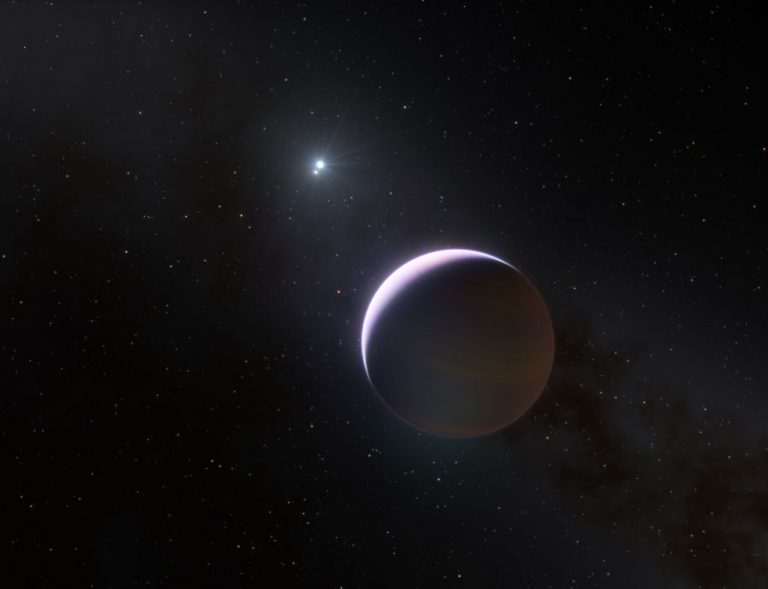In February, scientists likely found a new planet called Proxima d, out in the neighboring star system of Proxima Centauri.
The discovery of another planet could bring more insight into other worlds, which could even one-day house humanity in the distant future.
Proxima Centauri’s planets
The new planet, Proxima d, has been discovered as one of the lightest exoplanets ever found, containing a mass of only one-quarter that of Earth. It surpasses the mass of the recently discovered planet in the L 98-59 planetary system. It takes 5.12 days to orbit around the Proxima Centauri star, where the planet is located.
The Proxima Centauri star is a low mass red dwarf star, located 4.2 light-years away. Two other exoplanets, Proxima b, and Proxima c are also found in this star system. Both were discovered in 2016 and 2019, respectively.
The star is the smallest of the Alpha Centauri system, situated near its brighter counterpart, Alpha Centauri AB.
Success
You are now signed up for our newsletter
Success
Check your email to complete sign up
Proxima Centauri is smaller than the Sun at only 14 percent of the radius of the Sun. It’s not as luminous as the Sun, being 1,000 times dimmer. It cannot be seen with the naked eye, despite its close proximity. It also has an effective temperature of up to 2,777 degrees Celsius (5,031 degrees Fahrenheit).
The star takes 83 Earth days to make a complete rotation and has a “long-term” activity cycle of about seven years.
Discovered by the HARPS instrument in 2016, Proxima b is almost the size of Earth. It’s believed to have a habitable environment for human beings, featuring a rocky surface and suitable temperature for liquid water. However, Proxima d is not as habitable.
How the star was found
In 2020, Joao Faria and his colleagues at the Institute of Astrophysics and Space Sciences in Portugal discovered the first clues to the existence of another exoplanet in the Proxima Centauri system.
The team used the Very Large Telescope in Chile and the radial velocity method. This method studies the wobbling of the star under the gravitational pull from its orbiting planets, such as Proxima Centauri. This process helped scientists discover Proxima b and c.
From the wobbling, the team estimated that a third planet was “highly likely” to exist. They determined that Proxima d orbits Proxima Centauri “at 0.029 times the distance between Earth and the sun.” Proxima d is also placed within the star’s habitable zone, where water can remain liquid.
“[Proxima d] is currently the lowest mass planet that was detected with radial velocity,” Faria said. “It shows this technique, with current instruments, has reached enough precision to start to detect planets like the Earth around stars like the sun.”
Despite the strength of modern measurements, it will take more time and measurements to validate more of the discovery, Faria said. “It needs to be confirmed by other instruments and other detection techniques.”
Pedro Figueria is the Echelle SPectrograph for Rocky Exoplanets and Stable Spectroscopic Observations (ESPRESSO) instrument scientist at the European Southern Observatory (ESO) in Chile. He is optimistic that the radial velocity technique used to find Proxima d could be used to find even more planets out there.
“This result shows what ESPRESSO is capable of and makes me wonder about what it will be able to find in the future,” Figueria said.
The construction of ESO’s Extremely Large Telescope in the Atacama Desert brings hope that even more planets can be found at nearby stars.














